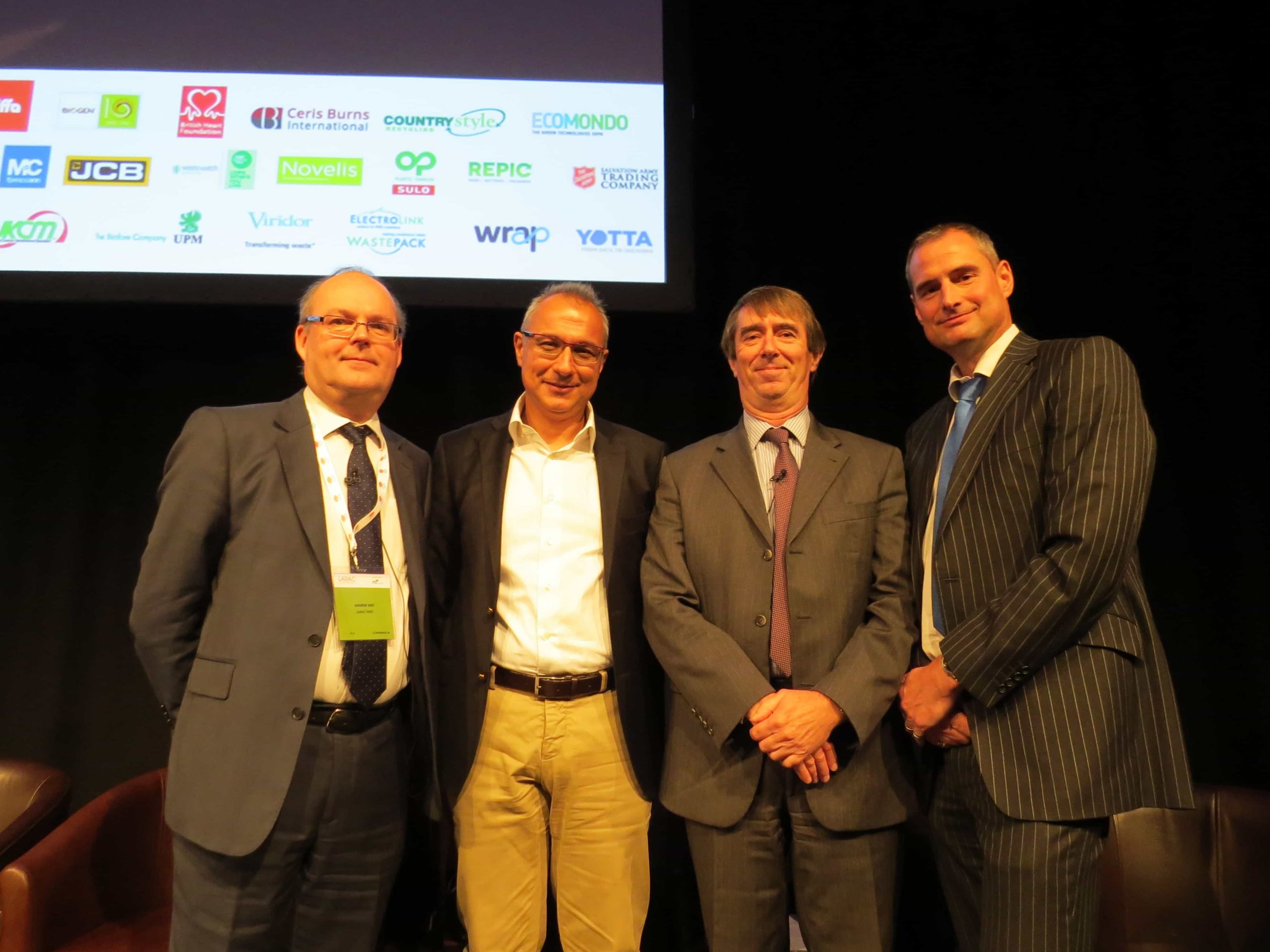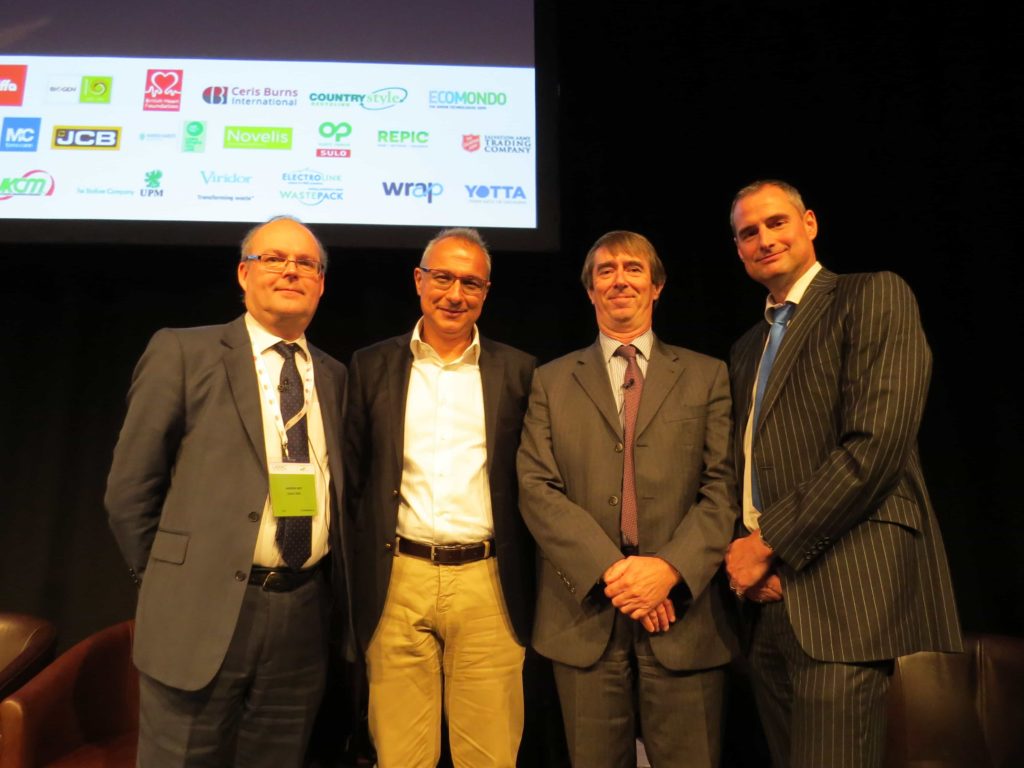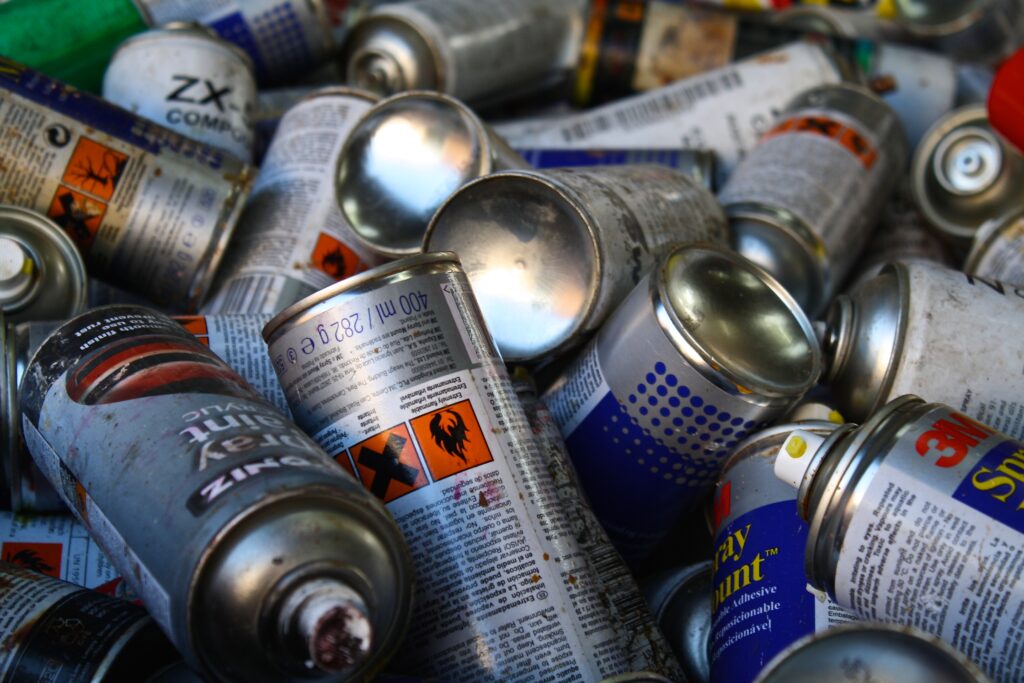Speaking at the LARAC local authority recycling officers annual conference in Nottingham, Mr Conran said he accepted that “it is still away in the distance how we can turn the PRN into a really useful tool for local authorities”.

But, he said that he would suggest that councils under the current system “are seeing a large proportion of that money in some way, you are not just seeing it directly”.
It needed to be put into context how the PRN system sits, Mr Conran said. “You’ve got around 27 million tonnes of household waste, there is approximately 12 million tonnes of household waste being recycled, and the gap around how much being recycled and what we need to meet the 50% target by 2020 is about 1.5 million tonnes.
“The question is how much is packaging and how much could come out of the household waste system?”
Gap
He said the gap in commercial waste packaging and recycling is relatively small in contrast to the relatively large gap from household where there was in theory “still a couple of million tonnes of packaging left there”.
The key packaging components of cardboard, glass and the metals we are not doing too badly, although the metals were still a bit behind, he said.
“The real issue”, said Mr Conran, is plastics. “We all know the difficulties of the questions in collecting plastics from households and quality issues. There are a wide variety of issues, the many different types of plastic including the way that people seem to be determines to make products in plastic which are virtually impossible to recycle, especially when you get all types of polymer in one piece of packaging.”
So, he noted, there is a challenge for the ACP and a taskforce is looking specifically at some of these issues.
And, Mr Conran said that while there has been strong growth in packaging recycling this will also have been influenced by the landfill tax and demand for material. He also commented how much of the growth has been for the export market.
Plateau
However, he observed that the overall amount of packaging recycling has plateaued, partly because “the current government does not wish to increase the environmental burden of responsibility and so targets have been kept relatively flat”.
He highlighted the volatility in the PRN markets over the years and remarked how wood recycling, for example, has fallen because more was going to biomass which does not count as recycling.
Glass is one of the most contentious issues for local authorities because the material has seen the greatest contributions from local authorities – most of the other growth coming from commercial and industrial markets, indicated Mr Conran.
He added that there has in fact been a slight decline in the amount of glass being collected, despite the fact that “we have pumped a vast amount of PRN money into glass because that is the way the market works”.
The audience heard that going forward, the way the targets are at the moment, the target increases that are set on businesses will see about another 300,000 tonnes of material collected by about 2017.

Plastics
“At the moment prices are going up because of shortages, plastics for instance and aluminium, are going to stay fairly high this year, but then equally next year, if that produces a lot of material you could see prices plummeting down again.”
Mr Conran also ran through the operations of the PRN system to the audience. He said that he accepted there was a lack of knowledge about where PRN spending went. The ACP is looking to give more information about this but he highlighted how it was an important factor in the commodity sector and that much might depend on how local authority contracts were structured in terms of risk.
Going forward he implied that major changes to the system are unlikely. “The PRN is a market system and if somebody loses a proportion of that market PRN value, because somebody wants to take it for collection for example, it then makes the person receiving that PRN value less competitive than the person receiving the whole PRN value and therefore the conclusion of all this is that under the current system it is going to be very difficult to change the dynamics of that current flow.”
Regulations
And, he emphasised that government policy at present is to seek minimal changes to regulations. “It was one in one out, then one in two out and now one in three out…. under that legislative approach it will be very difficult to get any substantive change.”












Subscribe for free